 Problems
Problems
The digital evolution and the widespread connectivity to which we are used to, has led us to feed more and more detailed and complex needs for our daily living. At the same time our ecological feeling has greatly increased and the house has gradually become the context in which to directly measure the protection of the environment and human health, through water saving, energy saving, consumption reduction, healthy air, the choice of environmentally friendly materials.
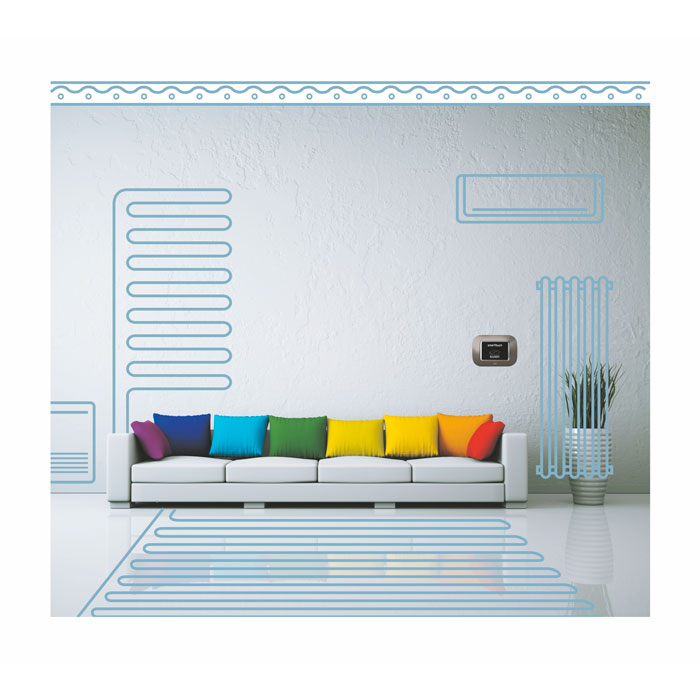
The evolution of technology applied to buildings has made it possible to have materials, systems and solutions capable of regulating, controlling and managing many indoor systems in our homes. Together with the quality of the thermal and acoustic insulation of the building, it is essential to understand how much the energy-consuming weight of the appliances in a home affects and how the user is able to manage and customize them according to their own living habits. Let’s take the example of a floor heating system. It is certainly an energetically more favorable choice than a more traditional heating system with wall mounted radiators. But if the living area and sleeping area are managed only by 2 thermostats (perhaps analog), it is clear that the possibility of customization for the different users within the home will be rather limited.
Thinking about the project of a new home or measuring ourselves with a system restructuring intervention, we will still have to deal with the distribution of the rooms and the subdivision of the living space, aware that they will have to be heated, cooled, ventilated, soundproofed. And all this will have to find the correct balance (or compromise) between our aesthetic desire, the design and technical constraints, the functional needs and the needs of living comfort. If we do not represent all the possible scenarios of this new “dimension of living” we could lose the real opportunity for well-being that only our home can offer us, every day and continuously.
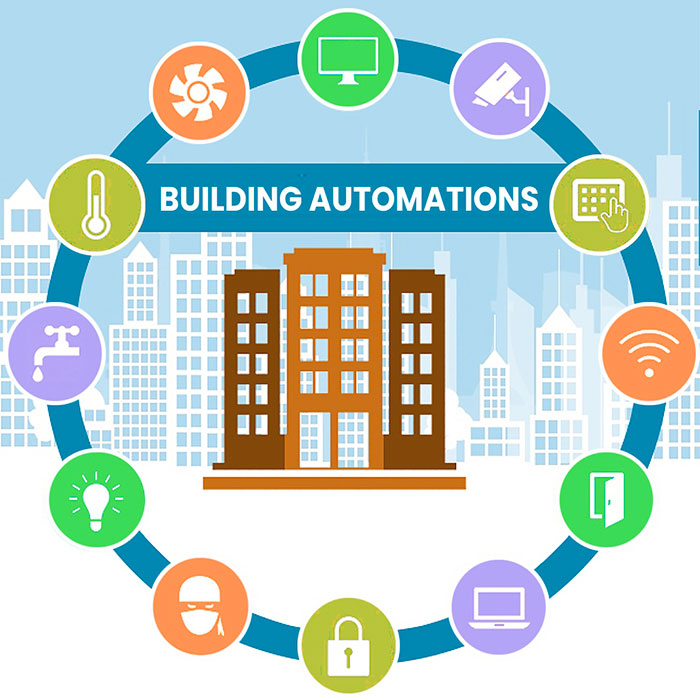
Through the acronym B.A.C.S. (Building Automation and Control Systems) all those intelligent management systems are defined. Since 2010, the European Community has promoted directives for the introduction, design and installation of intelligent systems for the regulation and control of technical systems and member countries, including Italy, in recent years have supported these solutions through strong tax incentives. In short, technology and politics have traced the virtuous and now practical path to achieve the energy efficiency of all the next buildings, as well as the possibility of intervening on existing and very old ones. Indeed, precisely on very energy-intensive buildings, the incentive has become more important and consistent.
 Standards
Standards
In the field of energy efficiency, the E.P.B.D. 2010/31 / EU and its update 2018/844; two specifications that aim to encourage the use of B.A.C.S. systems (Building Automation and Control Systems).
In particular, Article 8, paragraph 1 of the E.P.B.D. 2010/31 / EU states: “In order to optimize the energy consumption of technical building systems, Member States establish installation requirements relating to the overall energy performance, correct installation and adequate size, regulation and control of technical building systems installed in existing buildings … “
Also in Article 8, paragraph 2 of the E.P.B.D. 2010/31 / EU states that: “Member States promote the introduction of intelligent metering systems when a building is under construction or undergoing a major renovation […]. Member States may also promote, where appropriate, the installation of active control systems such as automation, control and monitoring systems aimed at energy saving … “
In Italy, the law in force on energy efficiency is Law 90/2013. This law, accompanied by the relative implementing decree D.M. 26-06-2015 (Minimum Requirements Decree), imposes a minimum level of automation for new buildings for non-residential use. It involves activating automation procedures relating to the control, regulation and management of building technologies as well as heating systems. The automation systems used must at least correspond to class B of EN 15232-1: 2017. Even for energy redevelopments on existing non-residential buildings, the law requires the installation of an automatic plant management system compliant with class B of EN 15232.
Officially entered into force also in Italy on September 26, 2015, the ErP Directive (Energy related Products) provides at European level the eco-compatibility requirements in order to improve the environmental performance of products that use energy; already from the design stage, manufacturers must comply with specific requirements to increase the energy efficiency of products and reduce their negative impact on the environment. The ErP Directive provides general information and specific measures by type of product and covers its entire life cycle:
- Choice and acquisition of raw materials
- Production
- Transport and trade
- Use and maintenance
The energy label allows the user to easily identify the efficiency level of a product. Compliance with the requirements of the European Union ErP directive is mandatory for all products imported, marketed or sold in the EU that consume energy in addition to those related to energy use. Products with the CE mark are presumed to comply with the requirements of the ErP Directive as well as the requirements of all other applicable directives (such as the EMC directive, the RoHS directive and the low voltage directive), thus ensuring legal access to the market for all EU Member States.
 Rules
Rules
Also and above all in the case of a system of control, management and programming of the indoor systems of a building, it is of fundamental importance to conceive an integrated project. The technology available today allows us to create an intelligent remote management system that offers the user multiple opportunities, both in terms of living well-being and in terms of energy saving. It is clear that in the design and installation phase of the systems of a building, complete interaction between the professional resources in the field is necessary, with the continuous sharing of the client and / or user.
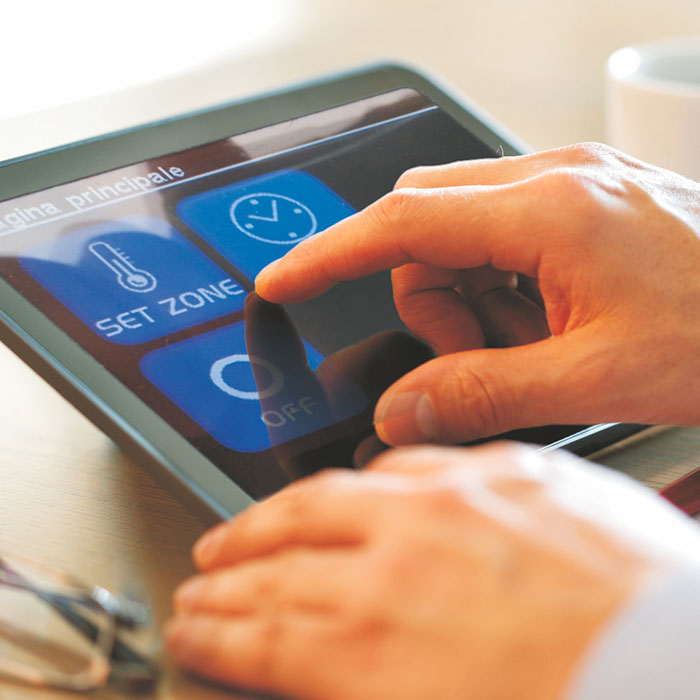
The H24 availability of devices (Smartphone / Laptop / Tablet) in our hands allows us not only to communicate, share, work and manage our free time, but it offers us the possibility to control and manage what happens in our home. It allows us to improve and adapt comfort to our needs. Here are the main functions of a remote control:
- Complete programming and management of climatic comfort
- Predictive maintenance of faults and malfunctions with real-time alerts before the problem occurs
- Savings in terms of time / distance by maintenance personnel thanks to the remote control and management of centralized systems; in fact, they can be managed directly from the office without having to travel to the site of the plants.
- Energy efficiency obtained thanks to the most innovative self-learning technologies, waste reduction and building efficiency
The term BACS (Building & Automation Control System) indicates the automation and intelligent regulation tools that allow you to “control” and automate certain operations within a building, while allowing a reduction in overall energy consumption. The BACS act actively on energy needs because they adapt the regulation of technological systems according to the external climatic conditions, with the aim of optimizing energy consumption without forgetting the comfort of those who actually live or work in the building.
Enjoying well-being within an environment (whatever its destination: domestic, professional, leisure) means having the freedom to be able to manage its operation easily. The SMARTOUCH system designed by Bampi helps manage all the functional elements that contribute to living comfort, such as: heating, cooling, dehumidification, humidification, integration, VMC (Controlled Mechanical Ventilation), the solar system, sanitary recirculation and the extraction of vapors and odors. Designed to integrate with floor, wall and ceiling radiant systems, the SMARTOUCH system is equipped with very compact touch sensors and thermostats, built inside the original slot of the desired domestic series, which therefore integrate perfectly into the design of all the plates of the built-in civil electrical series (BTicino, Vimar, Gewiss, AVE, ABB, etc).
The obligation imposed by the European regulations on the Energy Labeling of products determines that the “CONTROL AND REGULATION DEVICES” involved in rooms thermoregulation systems must be provided, at the time of sale, including a product data sheet where it is indicated below at the supplier’s details, the specific and clear description of the product, the reference to the application of the harmonized and non-harmonized standards [also to the class of the device (from 1 to 8)], and the contribution in% (from 1 to 5) which the increased contribution in the classification of the system implemented or that will be implemented.
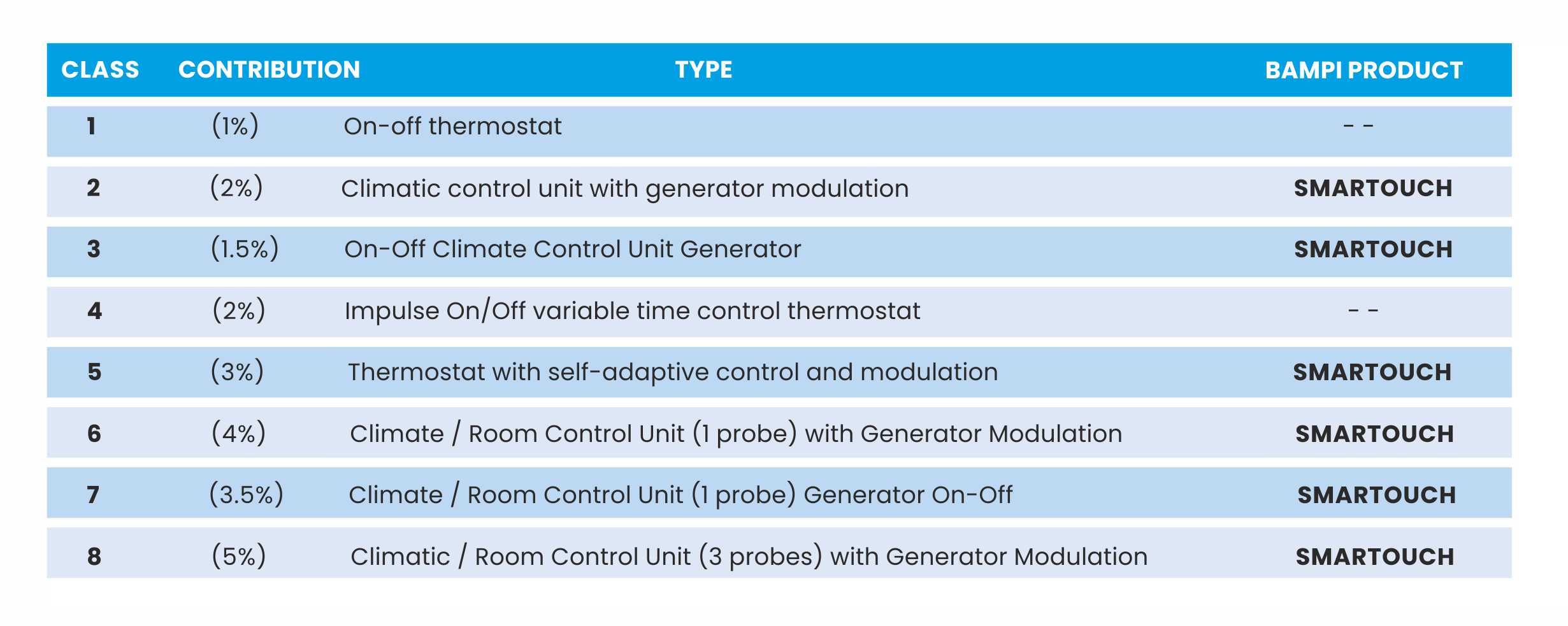
![]() Solutions
Solutions
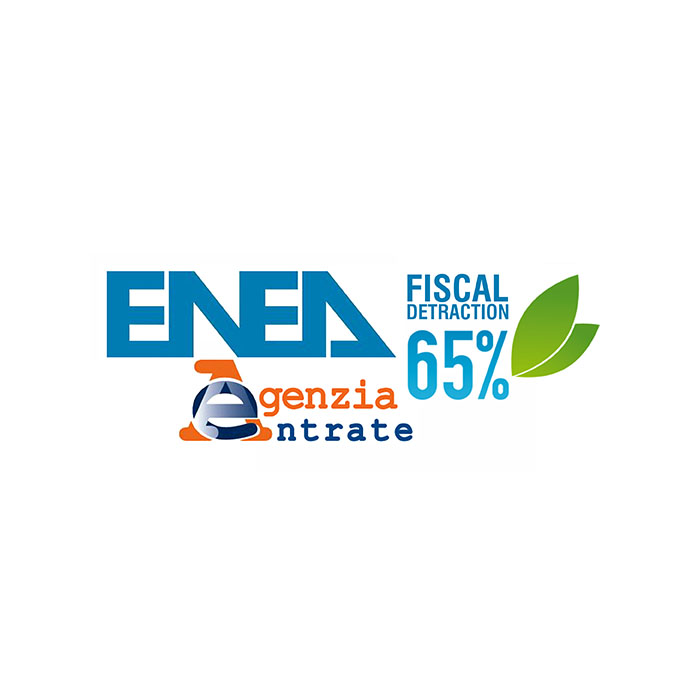
Paragraph 175 of Article 1 of the Budget Law extends the deduction of 65% for the whole of 2020. This is the deduction foreseen on the expenses incurred for the reduction of energy needs in buildings. Therefore the expenses incurred for the thermal improvement of the building (for example: insulation, floors and windows), the installation of solar panels and the replacement of heating systems. In particular, the law contains the definition of: “Installation of advanced thermoregulation systems, belonging to classes V, VI or VIII of the Commission communication 2014 / C 207/02.”.
The guiding principle behind the SMARTOUCH system is to offer the user – in a simple, quick and intuitive way – the ability to manage with a single interface:
- Heating
- Cooling
- Dehumidification
- Humidification
- Integration
- VMC Controlled Mechanical Ventilation
- Extraction
- Solar system
- Sanitary recirculation
The environment in which we live, work or relax adapts to our preferences and habits, through intelligent, timely and flexible control. “Touch” digital technology has characterized the evolution of communication, increasingly contaminating our daily life, integrating itself into the management of technological systems designed for buildings. SMARTOUCH means having an infinite number of management channels, through devices that remain completely hidden (room temperature sensors, thermostat, humidistat, color touch-screen display) being housed inside the 503 built-in box, in the original hole covers of the civil series chosen by the user.
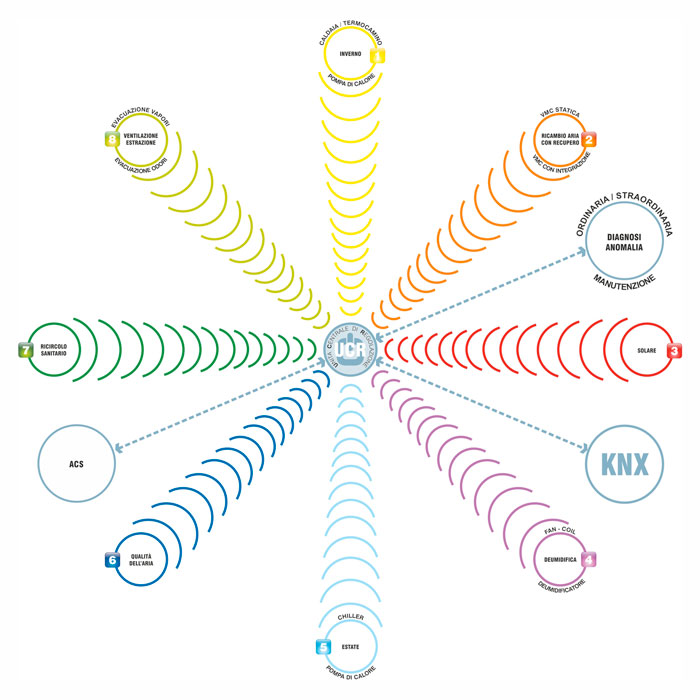
The SMARTOUCH system has been designed to be implemented in a DIN electrical panel with a reduced number of accessories. Through this equipment applied to climatization systems, both radiant and traditional, we are able to cover all installation requirements for the purposes of well-being, starting from the small apartment up to the multi-user condominium, or to the tertiary, industrial building, public, hotel, hospital.
Complete aesthetic adaptability – The system sensors are built inside the original hole plug of the civil series chosen by the user.
- Layout of the ducts on the house plan of the elements installed up to the UCR
- System wiring diagram with dedicated room nomenclatures associated with the materials installed
- Programming and testing of the project-based system with functional checks
- Telephone assistance with supervising technical officer
- Telematic assistance with LAN / SIM connection for system diagnosis

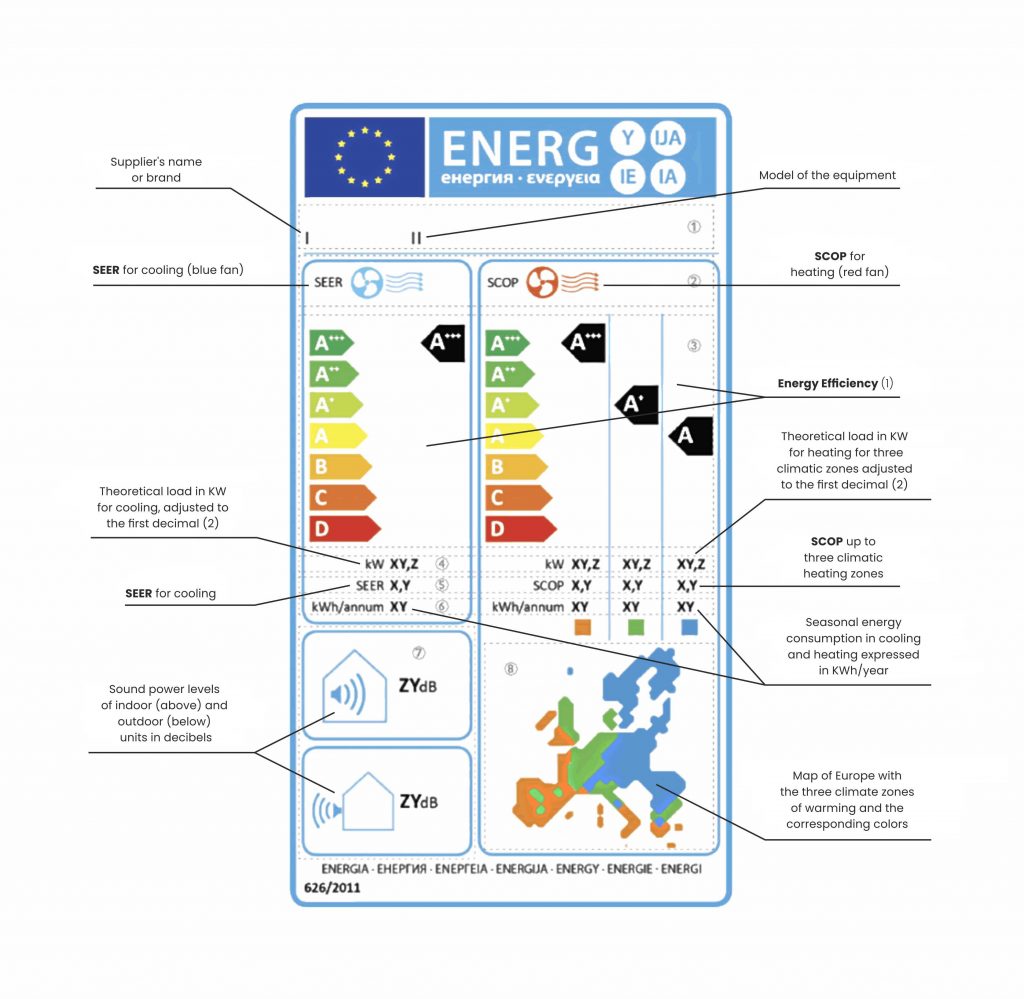
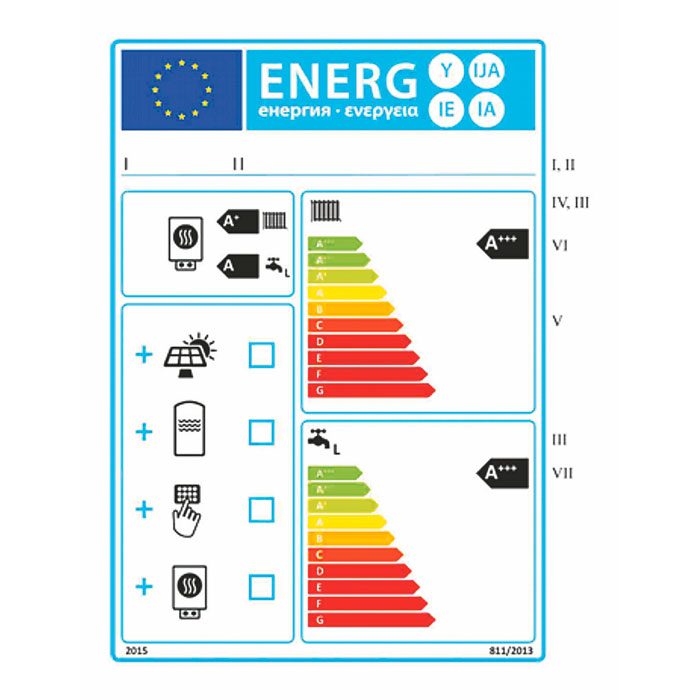
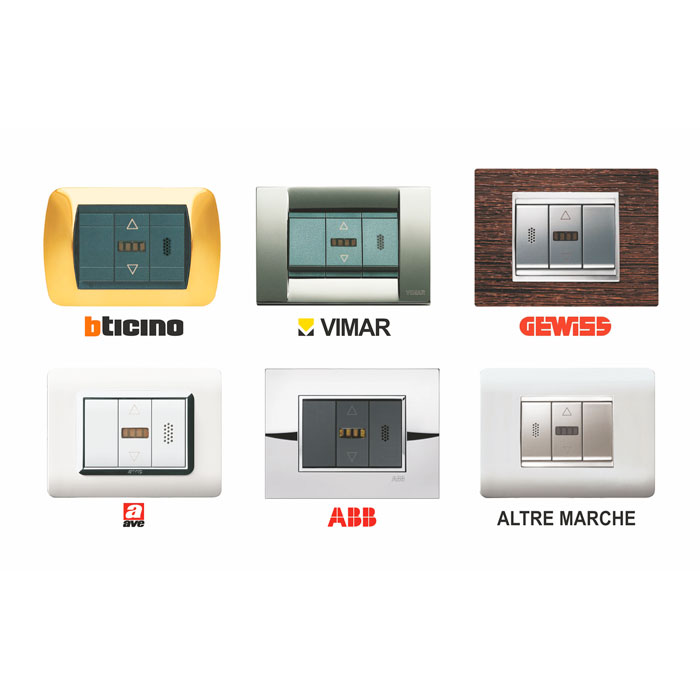
 Problems
Problems Standards
Standards Rules
Rules Solutions
Solutions